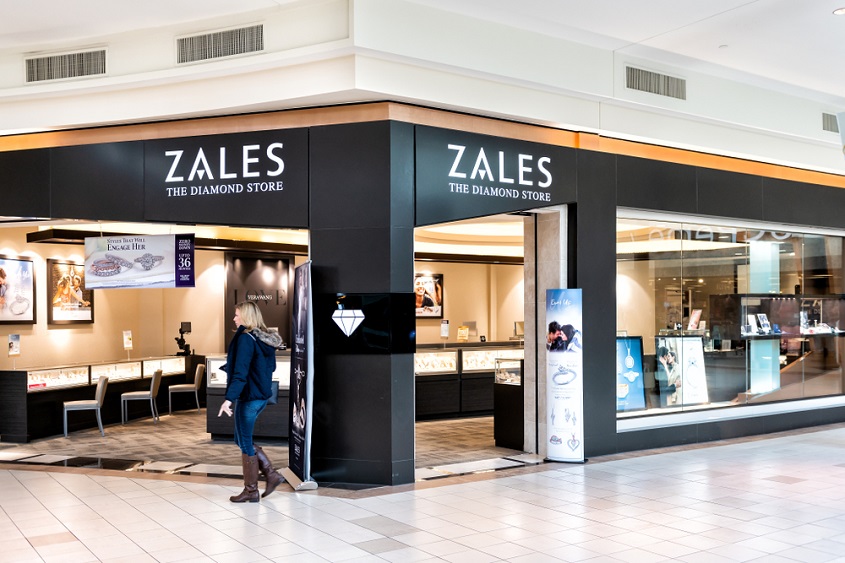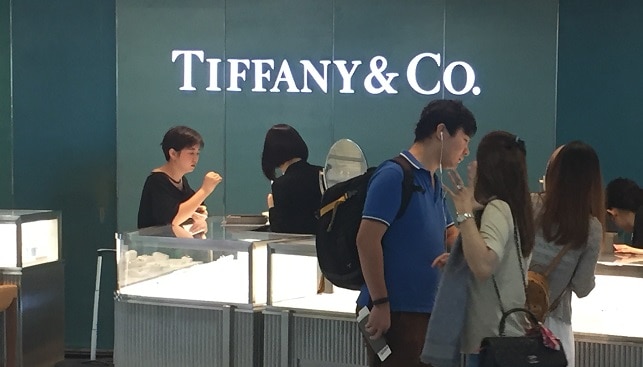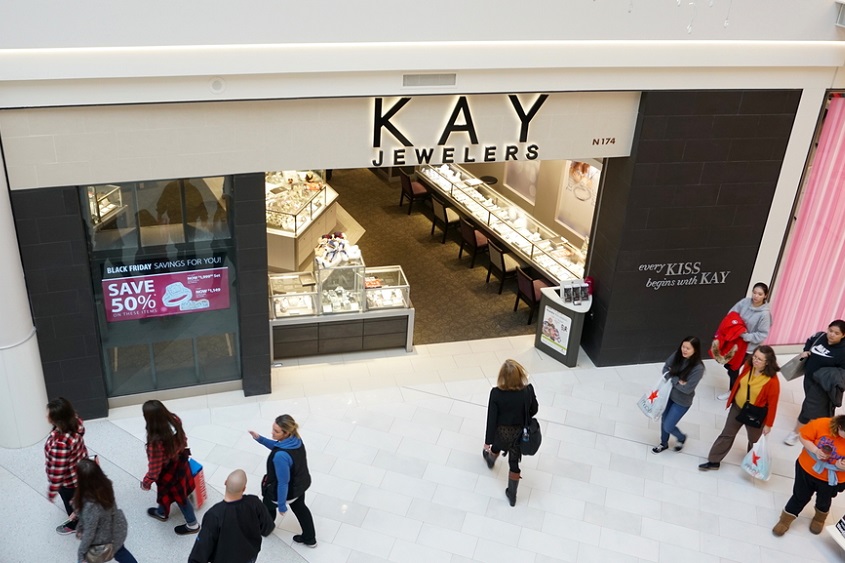The personal luxury goods market will continue measured growth of 2-3 percent through 2020, reaching an estimated €280-295 billion in revenue, according to a new report from management consulting firm Bain & Company. Bain expects that Chinese shoppers, particularly middle class consumers, to account for just over a third of global luxury consumers until 2020, surpassing American and European consumers. Bain predicts that Generation X and Generation Y consumers will add an estimated 50 million new consumers into the market. The Bain Luxury Study 2016 Spring Update found that e-commerce is rapidly gaining ground on traditional channels at 15% compound annual growth revenue across formats and models, with new ones emerging all the time.
The United States luxury market is in decline with no support from tourism and uneven local demand, notes the Bain report, which notes that luxury growth in the Americas decreased 2 percent at current exchange rates. The report also warns that sluggish tourism throughout Europe will likely dampen the region’s luxury market growth, though notes that locals could make up for it across luxury categories and countries.
While Japan is the market leader for growth in the luxury sector, though Bain warns a stronger Yen and less tourism from China are giving cause to a slowdown. While Mainland China is cited by Bain on being the verge of reversing a three-year decline, Hong Kong and, to a minor extent, Macau, will continue to struggle warns the report.
Southeast Asia, excluding Singapore, is performing well, supported by intra-regional tourism and local spending. Except for mainland China, luxury market growth in Asia is down by 1 percent at current exchange rates; up 1 percent at constant exchange rates, notes the report.
“The luxury market is stuck in a holding pattern for the foreseeable future. All eyes are again on Mainland China, which is the key to unlock recovery around the world, and the U.S., where local consumption is failing to offset decreased tourism. Consumers’ changing purchase patterns, including a reshuffling of tourism and revitalized local spending in Europe, will likely do little to drive luxury brand growth much beyond the low single digits,” says Bain partner and lead author of the study Claudia D’Arpizio.














